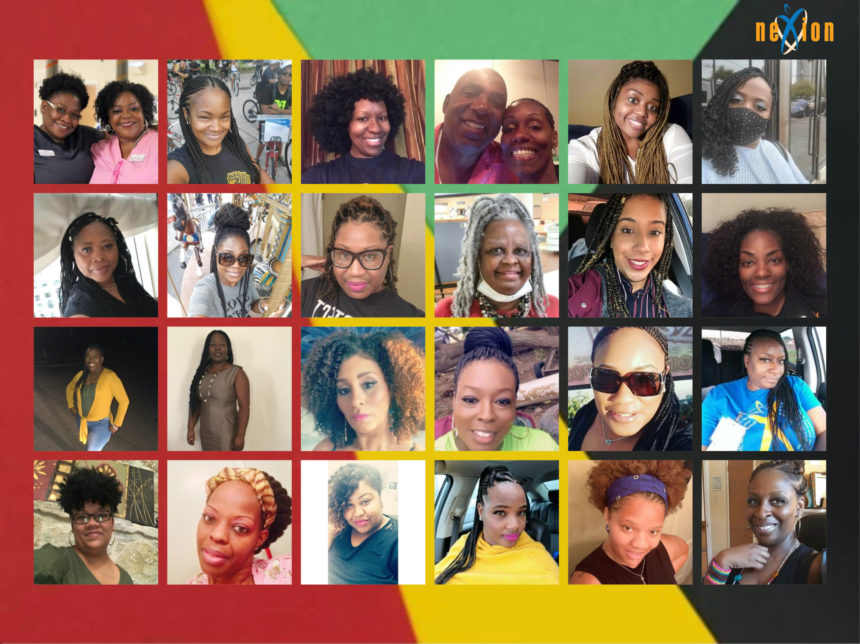
Meera Riner was determined to get away from a “typical” company statement on social media in February, explaining how it supported the contributions that Black people have made to the country.
Instead, the Nexion Health Chief Operating Officer wanted the company to do something “more actionable” that showed it “walked the talk” when it comes to embracing its diversity workforce and resident cultures and creating an open environment to address related issues .
Last week, it unveiled its “Embracing Black Hair-itage” video. It featured dozens of employees and residents who talked about their personal hair, its importance and hair experiences in general. Hundreds of employees also participated in a Zoom call learning on Thursday about the history of Black hair, and social stigmas that may come along with it.
The events were a culmination of a yearlong diversity effort by the Maryland-based operator to better engage with workers of color following the social unrest and racial protests throughout the country last summer, Riner explained.
“One of my mottos is: Do better and be better. If we’re really going to do better and be better, that starts with actionable leadership,” she recently told McKnight’s Long-Term Care News. “This is where I think we’ve really made an impact and will continue to make an impact.”
Nexion gave every staff member at its 53 facilities a chance to participate in its diversity initiative. Riner said when the offer first went out, she was expecting about a dozen employees among Nexion’s workforce to step forward. Instead, about 50 employees signed on.
The task force may be a model for the rest of the industry to emulate.
It is split into three prongs:
- A peer support group that delivers guidance on various diversity issues among workers
- The education group, that provides a vast library of resources, including podcasts and movies; and
- The community group, which helps create opportunities for staff to volunteer in underserved and underrepresented areas in their local neighborhoods.
The company’s diversity task force is more than just an “in-service [training],” Riner emphasized.
“Quite often, organizations will do an in-service with everybody on diversity and inclusion [after an incident]. Nobody listens, nobody cares and they all carry about their day and all this starts to surface again. From our perspective, we really want to do better and be better in that area. We don’t ever prescribe just an in-service,” she said.
The initiative has led to more engagement, openness and communication among staff, according to Riner. As an example, she described an incident where staff members at a Texas facility expressed concerns after some facility leaders made racist remarks.
The task force brought all parties together and provided guidance and resources to those facility leaders on how they can be better educated about potentially hurtful comments and more engaged with workers. Riner said the process is all about seeking engagement, direct reconciliation and creating a learning opportunity for all sides.
“That’s always more effective,” she said.
Riner added the task force has become a part of the company’s organizational value and culture.
“When we talk about diversity and inclusion, we have to not just talk about but [rather] behave it in all domains and aspects of what we do,” she said. “It’s work that we’ll continue to do and continue to explore, by all means.”





